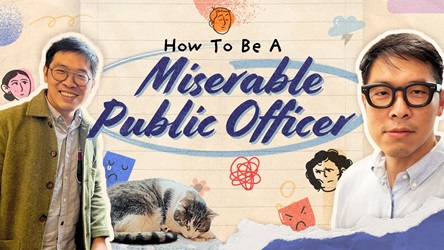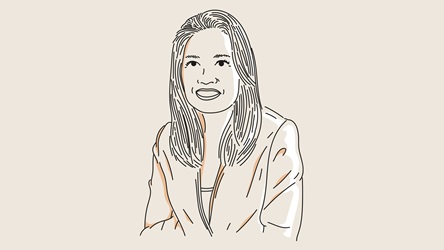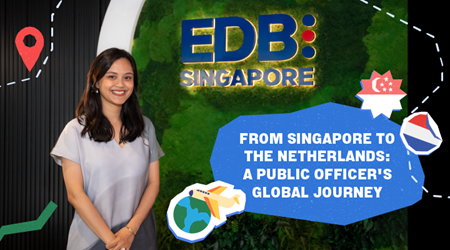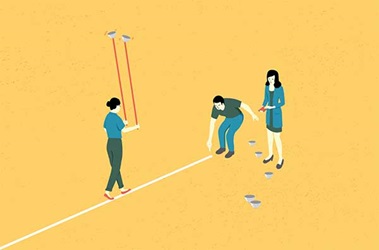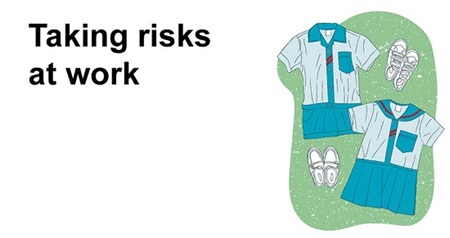Dreaming In Broad Daylight
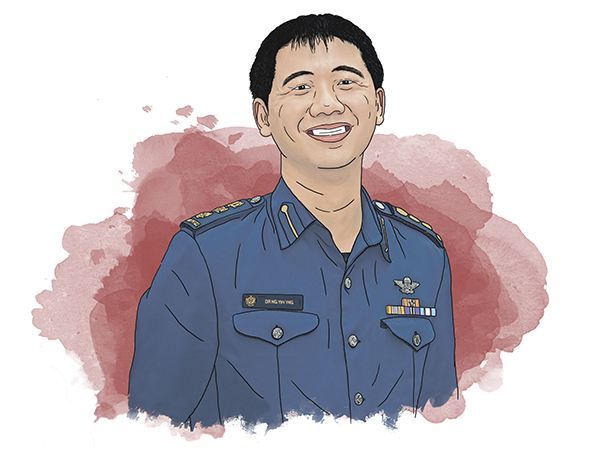
Chief Medical Officer, Ministry of Home Affairs (MHA), 2015 — present
Chief Medical Officer, Singapore Civil Defence Force (SCDF), 2012 — present
Visiting Consultant, Ministry of Health (MOH), 2011 — present
Emergency Medicine Specialist at various hospitals, 2008 — present
DEAR YOUNG OFFICER,
As the SCDF’s Chief Medical Officer (CMO), I’ve developed an app to crowdsource volunteers to perform CPR and use public automated external defibrillators (AEDs), and started a national AED registry. I’ve also developed with the Ministry of Health a short video-based CPR programme that uses 30 times less resources, and a means for 995 call-takers to coach untrained people to perform chest compressions before the ambulance arrives.
When I first started as the CMO in 2012, I noticed that we had low bystander CPR rates. To understand why, I decided to set aside 15 minutes every day before work to talk with the call takers. I soon progressed to listening to CPR-related call recordings and conducting focus groups. I realised that while our staff were trained to take calls, dealing with distressed callers facing a soon-to-be deceased person was something else entirely.
Listening to the calls, I started to map out why callers refused to do CPR when we asked. Some things were beyond our control (like the elderly spouse who could not physically perform chest compression), but we found that there were many things we could improve in our telephone protocol to convince a total stranger and coach them to perform CPR.
We came up with all sorts of ideas and worked out a strategy to rewrite the entire CPR coaching protocol to help the call takers help ‘upsell’ the urgent need to do CPR. With these, the bystander CPR rates have increased from 22% in 2012 to 49%, saving more lives than ever before. For the CPR phone coaching, we won a Ministry of Home Affairs innovation award as well as the PS21 ExCEL award.
I’m no different from most of you: when I was a junior officer, I had the same struggles to have my ideas heard. There were so many rules, invisible OB (Out-of-Bound) markers and always the naysayers, telling you something cannot be done because “it is not covered by directive”.
It may help if you reframe your thinking about innovation in the Public Service. Ours manages the largest workforce in Singapore; it’s not surprising that such detailed administrative procedures are needed. But there are still many opportunities to simplify and improve the way we run our business.
The principles of innovation are not a secret. Firstly, it involves gaining a deep understanding of your work. As a young officer, I was often frustrated by the lack of success when I pitched my ideas to my staff and my bosses. One boss even named me ‘maverick’ negatively during my annual feedback report for a mild tendency to go off tangent, in his view. I had many ideas but they never caught on! It took time for me to understand that being the master of my own domain was not enough.

There is an adage about three blind men feeling an elephant and reporting that what they touched as a trunk, a tusk or a leg. Similarly we often share problems, but without considering a problem in its entirety, have no true insight. I remember once, presenting what I felt was a clinically sound medical directive and then getting “killed” at the first forum because the paper, while clinically correct, did not consider the human resource and operational angles more clearly. This was a breakthrough to me in learning how to frame problems.
The second step is ideation. Coming up with ideas was never my problem — as a child, I’ve constantly dreamed in broad daylight. In fact, my teacher in my first primary school formally noted it in my report card! Despite doing well, my teachers were frustrated with me and I with them because I was not allowed to do things differently. When I was offered a chance to switch schools, I took it.
Being creative is a learnable skill. For me, ideas appear at the oddest times: while I’m working in the emergency room, surfing the Web, or even just when I wake up. I try to capture them immediately and organise them. I find my best ideas come from reading eclectically and bouncing ideas off people in seemingly unrelated fields of expertise.
Don’t be too quick to pass judgement on ideas. Great ideas often take time to percolate and develop; people are also more willing to share their ideas with you if you listen more, comment sometimes and rarely criticise.
Thirdly, the key to innovation is iteration. The “eureka moment” is largely a myth. A great way to develop ideas is to create an elevator pitch — my wife, kids, friends and colleagues are all at the receiving end of my one-minute idea presentations. The raison d’être for an idea becomes much clearer when you get questioned, laughed at and rejected enough times.
The idea for our SCDF Save-A-Life initiative, a project to install AEDs in HDB estates, is one such story. I had been thinking about how most public AEDs were installed at airports, train stations and malls; yet 70% of cardiac arrest cases happen in residential areas with no AEDs. I formed my pitch and “sold” this idea to my friends and colleagues repeatedly to understand their objections — “What if it gets stolen?”, “The town council won’t want to maintain it” or “Why don’t we just increase the ambulance fleet?” I was stumped by some of these questions and had to research for answers. Soon I improved my pitch and developed a credible plan.
We worked through all these questions and more: the AEDs will be installed at lift lobbies with police cameras, the AEDs are leased so town councils need not worry about the maintenance or obsolescence of the devices, and providing one AED to cover two HDB blocks across the island costs less than deploying two additional ambulances. When Deputy Prime Minister Teo Chee Hean (then the Minister of Home Affairs) asked what we could do to improve cardiac arrest survival, I pitched this idea. The same questions came up, and we had the answers. Now it has been piloted in six constituencies and plans are underway for island-wide implementation by 2019.
Thomas Edison took more than 10,000 attempts to invent the light bulb. He famously said that he just found 10,000 ways that did not work. Failed attempts are not the same as failure by a long shot. Be brave enough and keep trying. Success is only a matter of time.
- POSTED ON
Sep 6, 2016
- TEXT BY
Ng Yih Yng
-
Deep Dive
Seeing Risk Differently
-
Your Say
Taking Risks At Work




